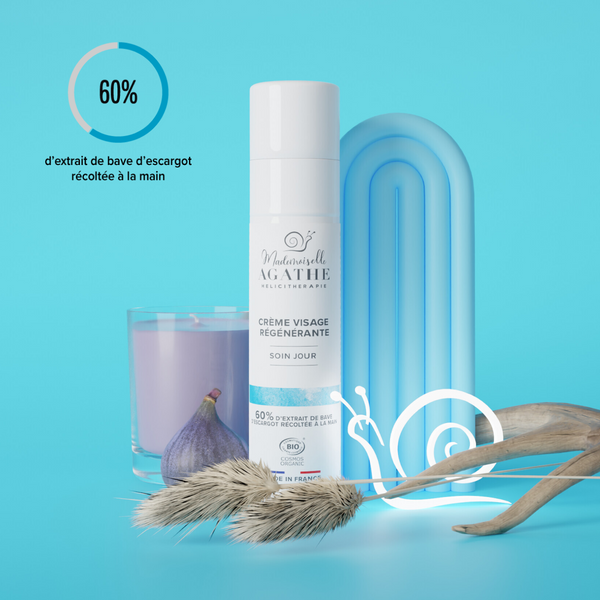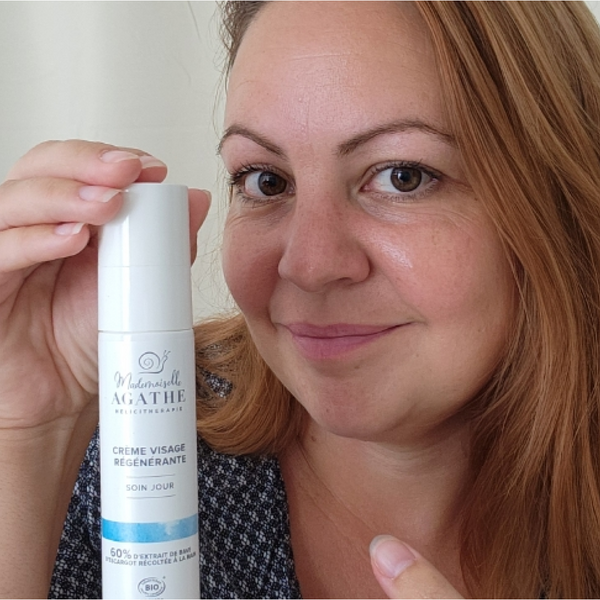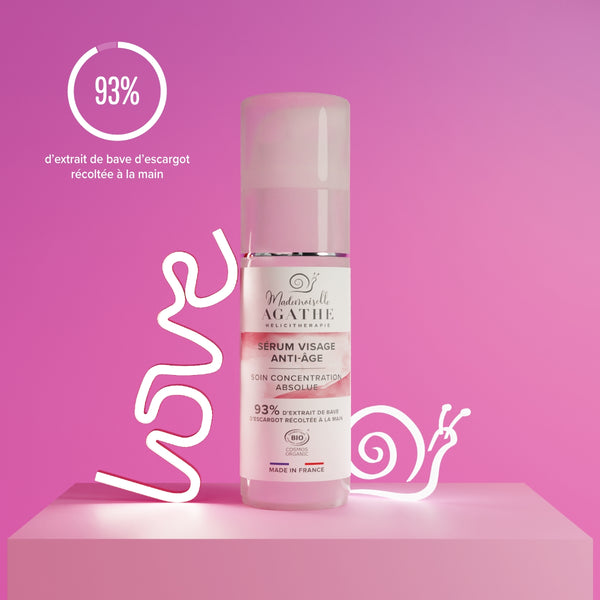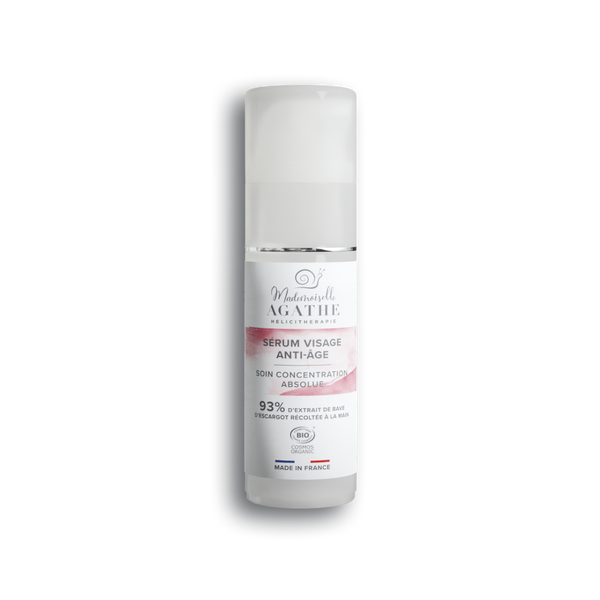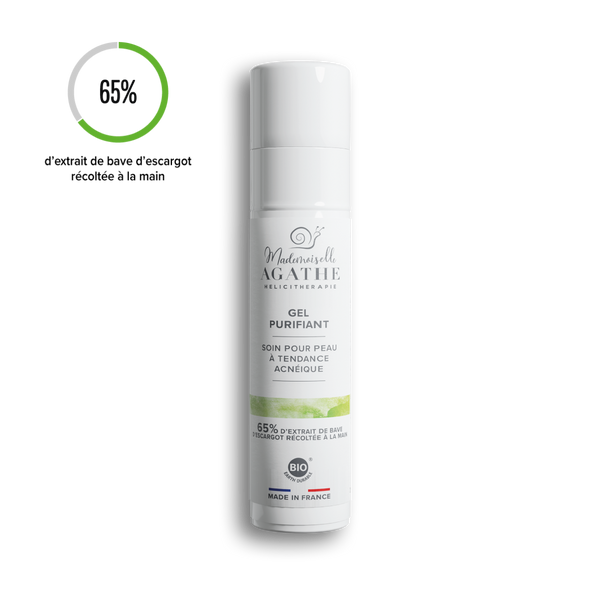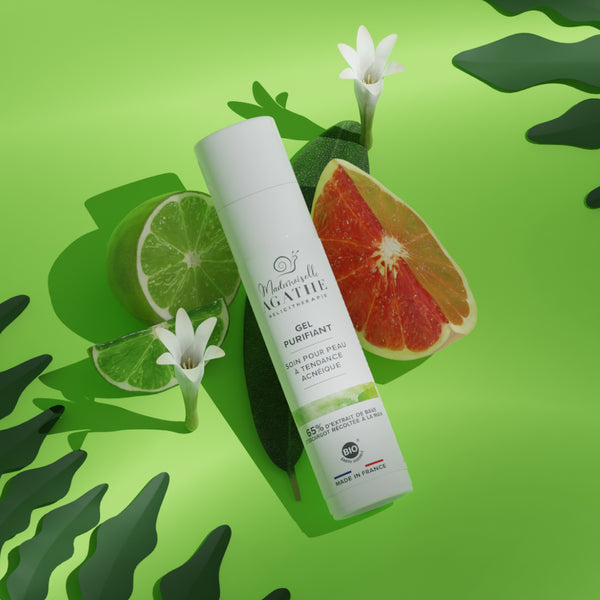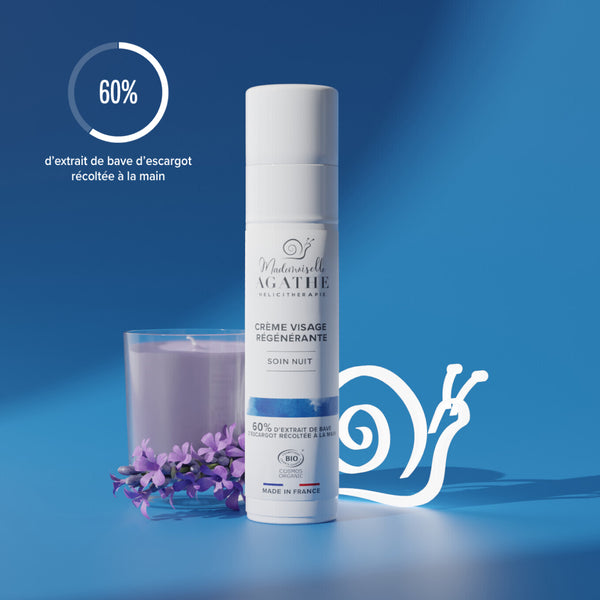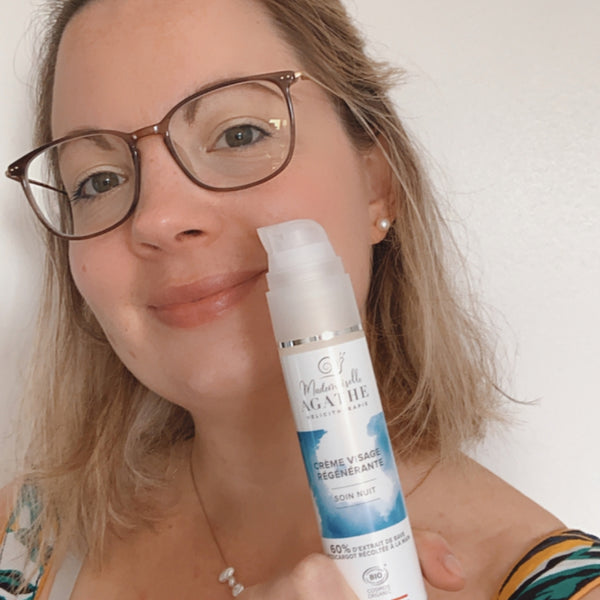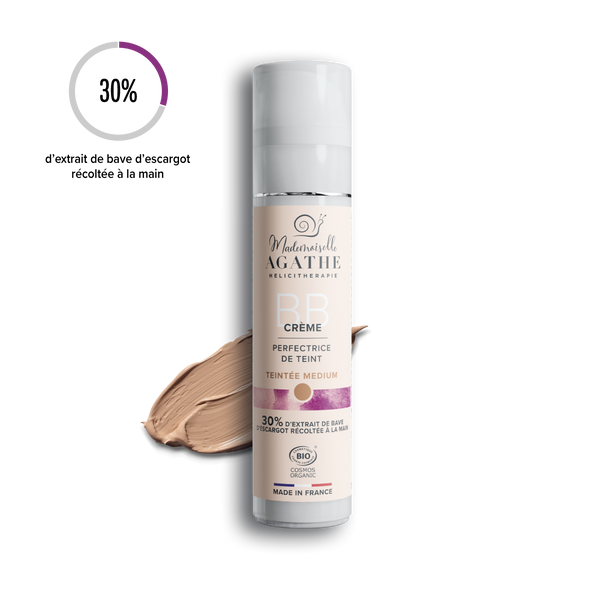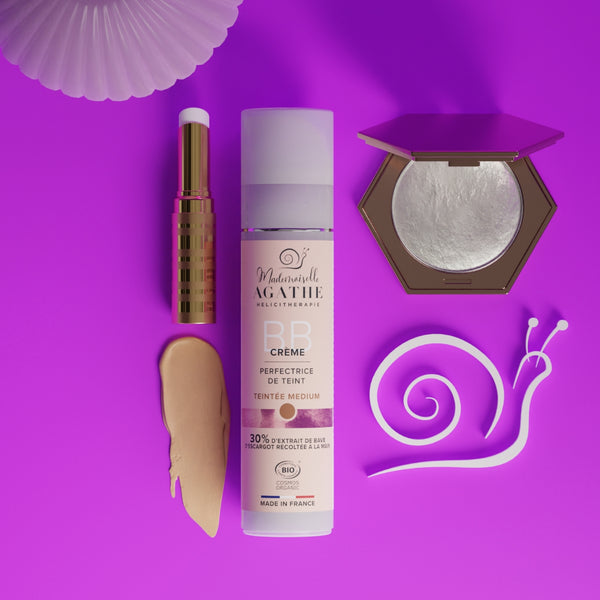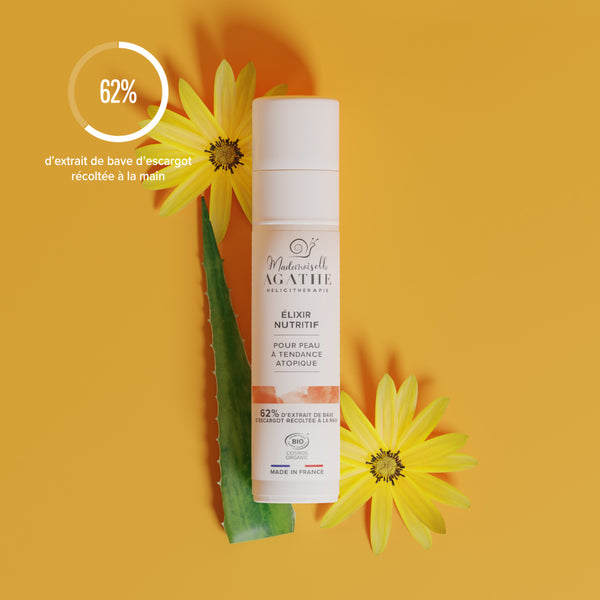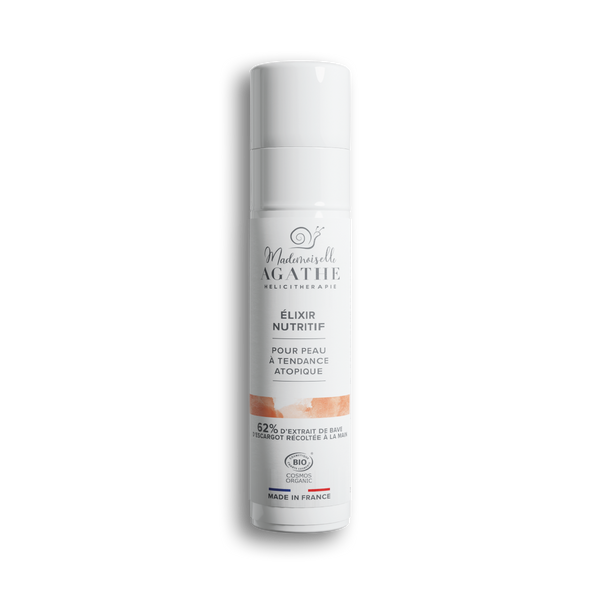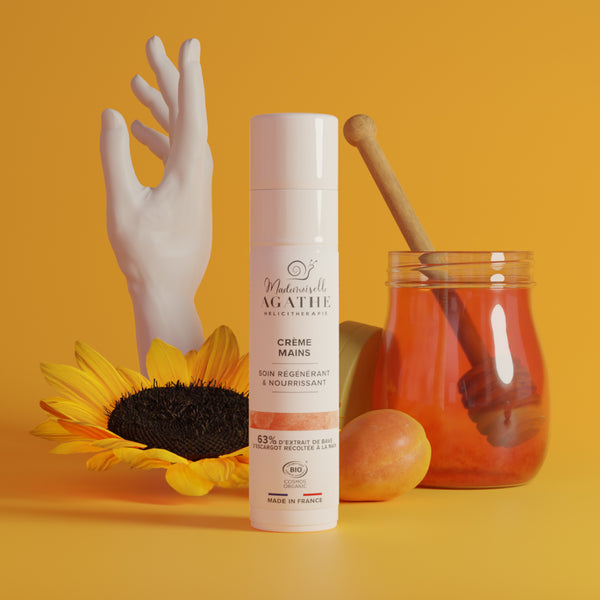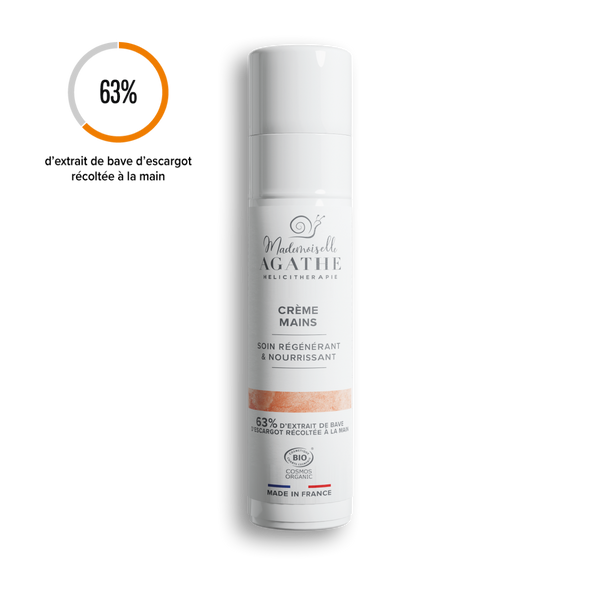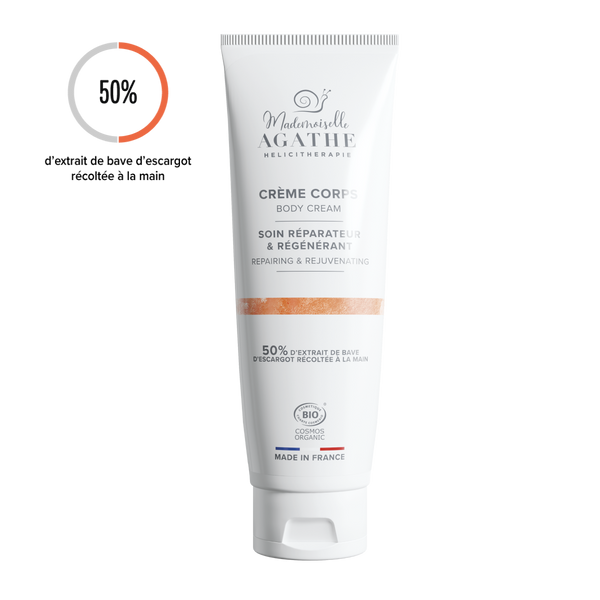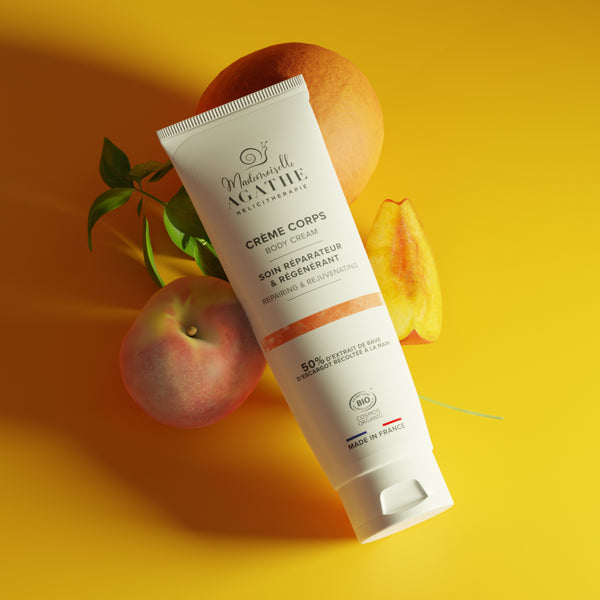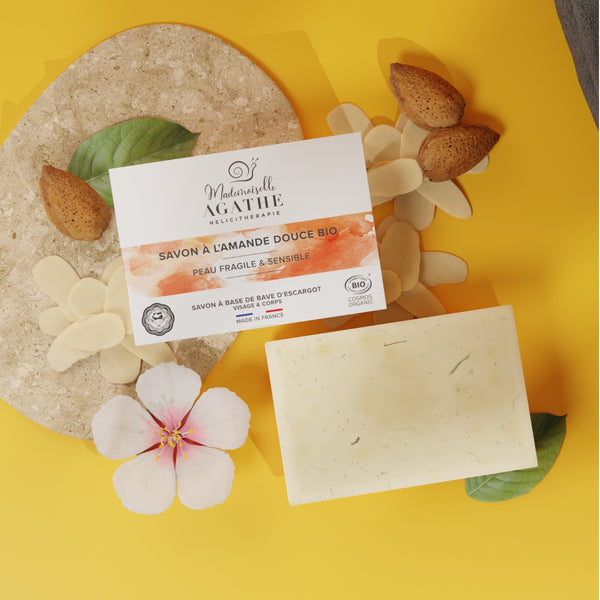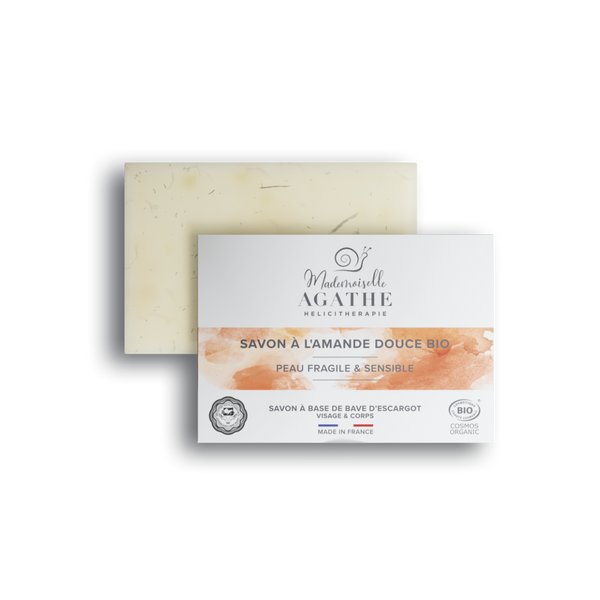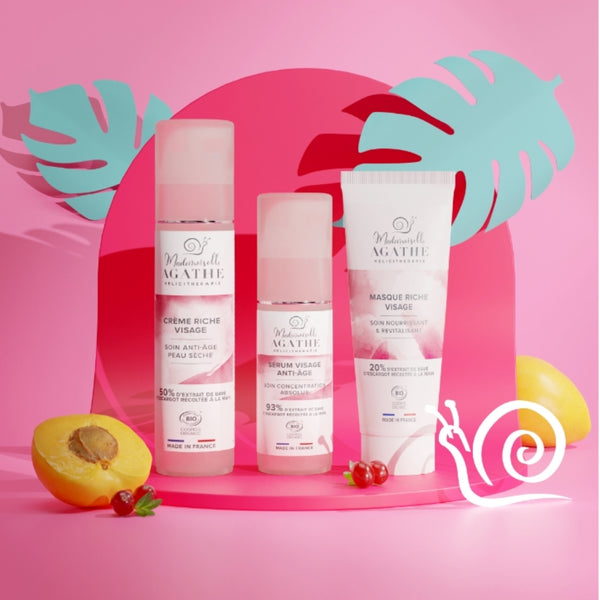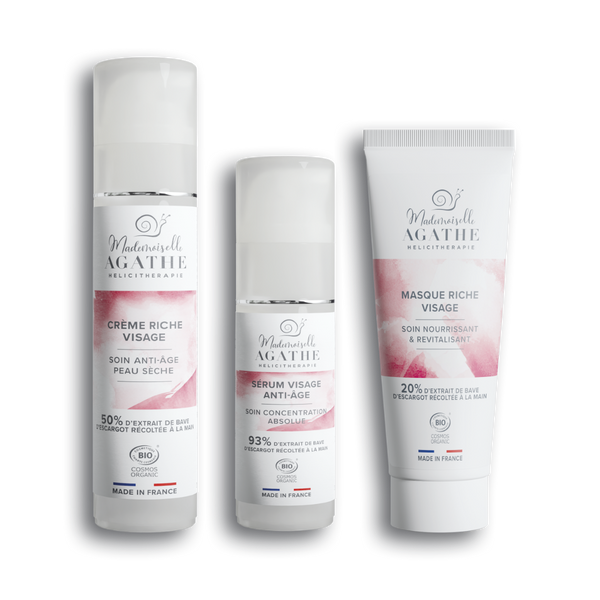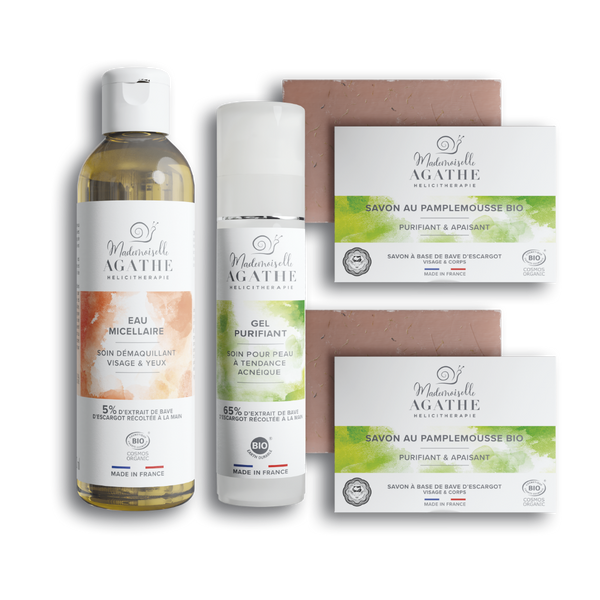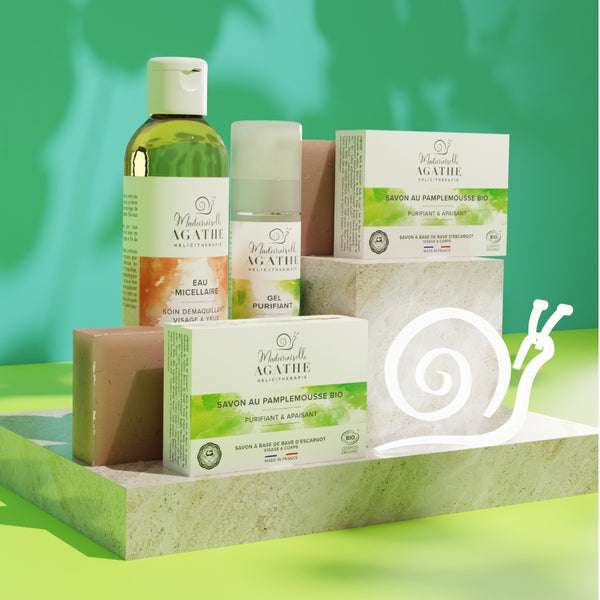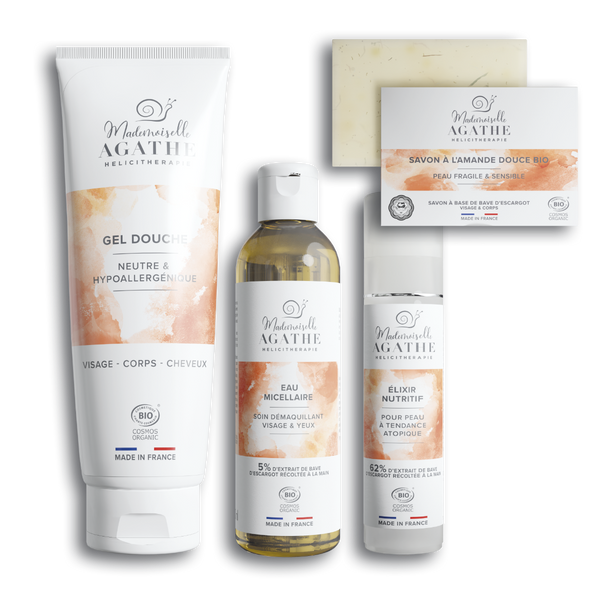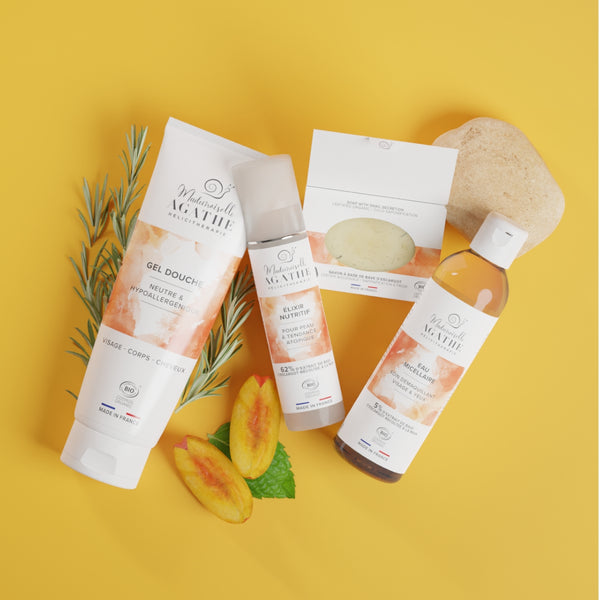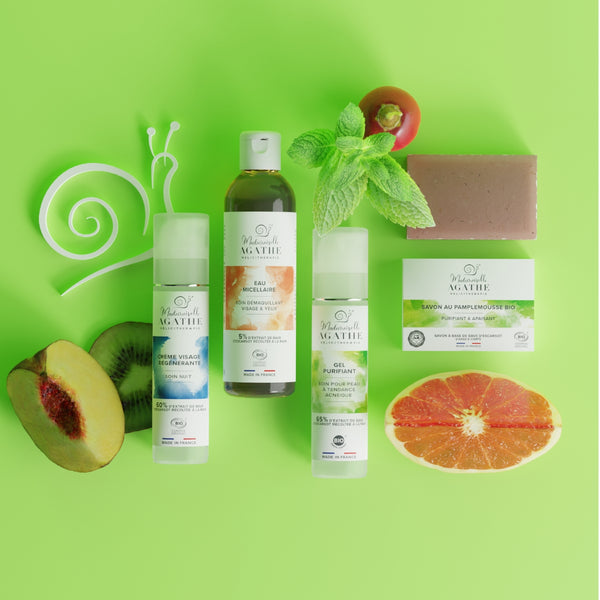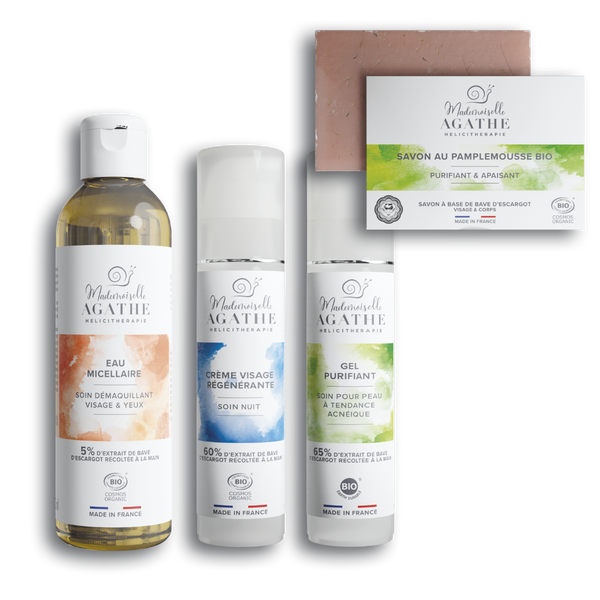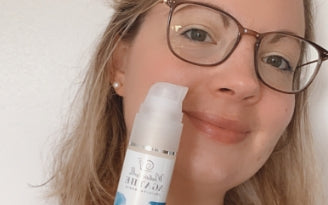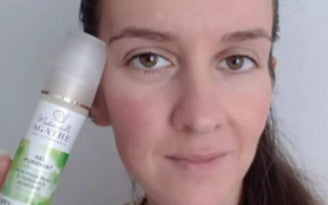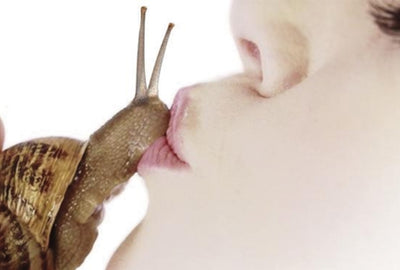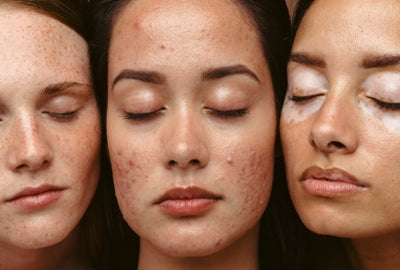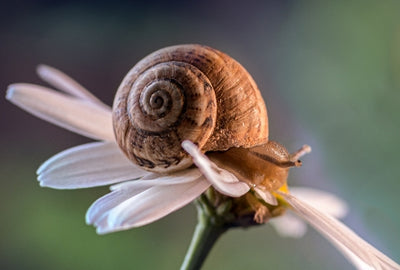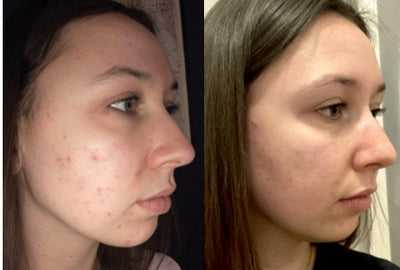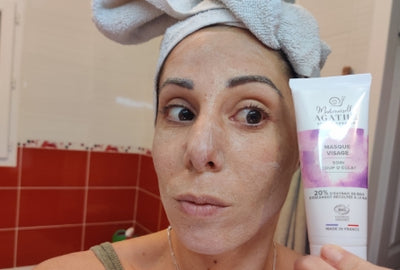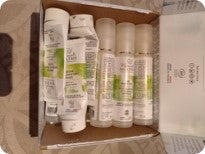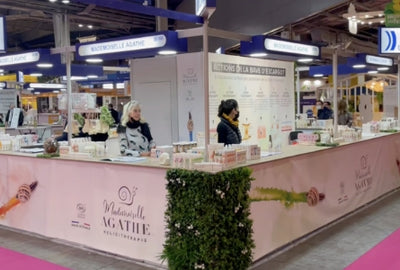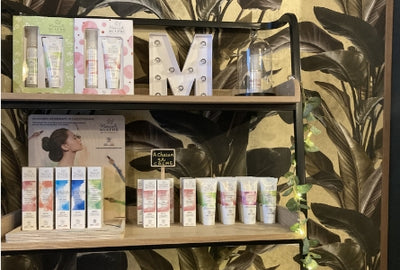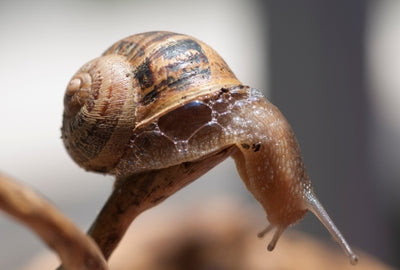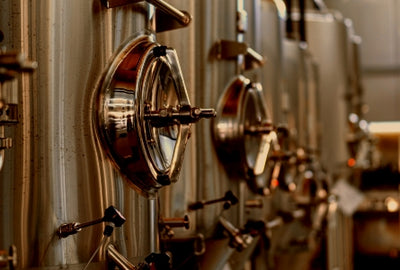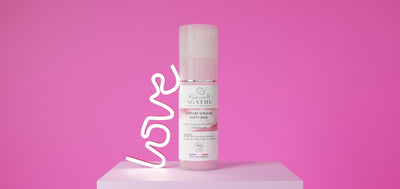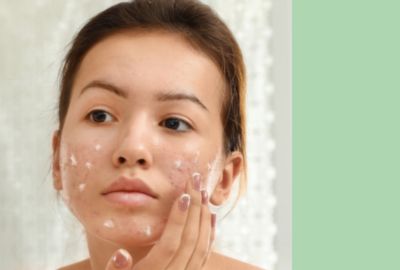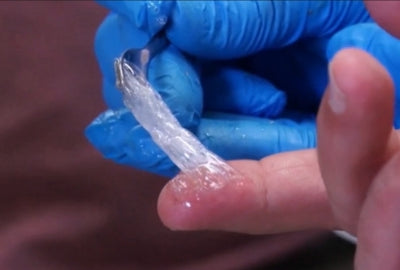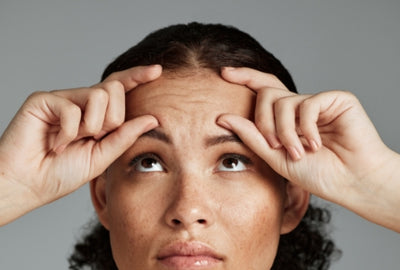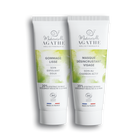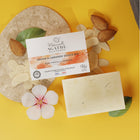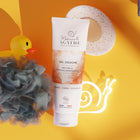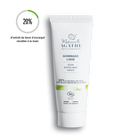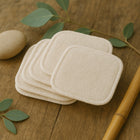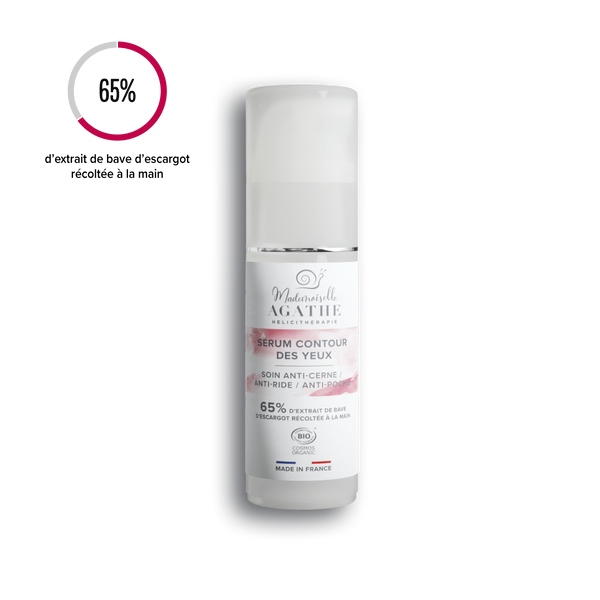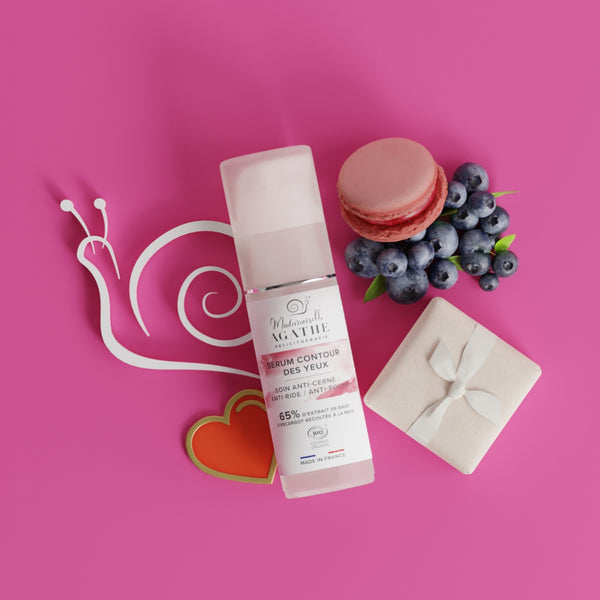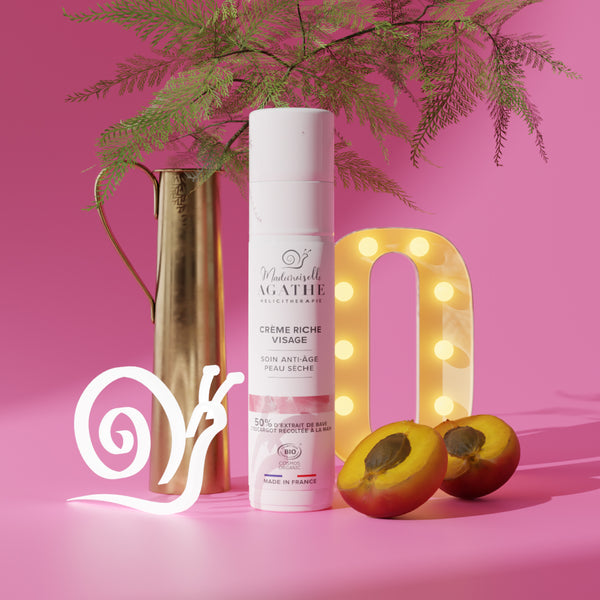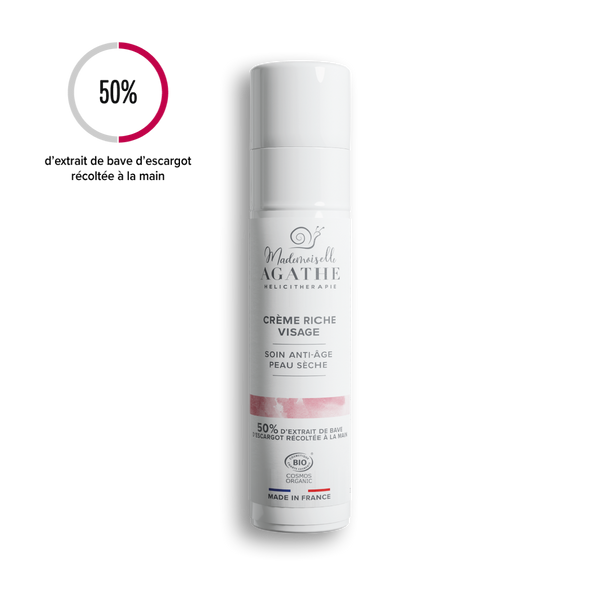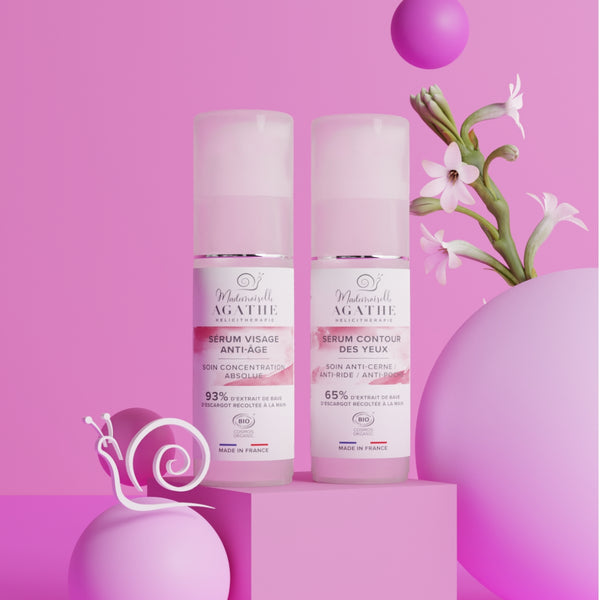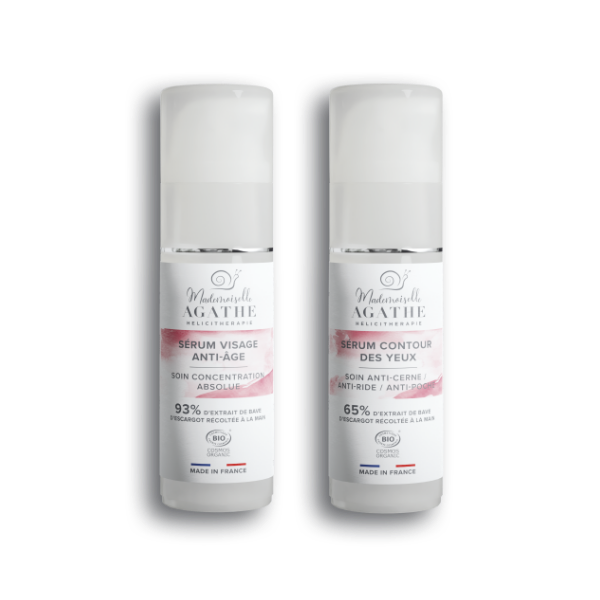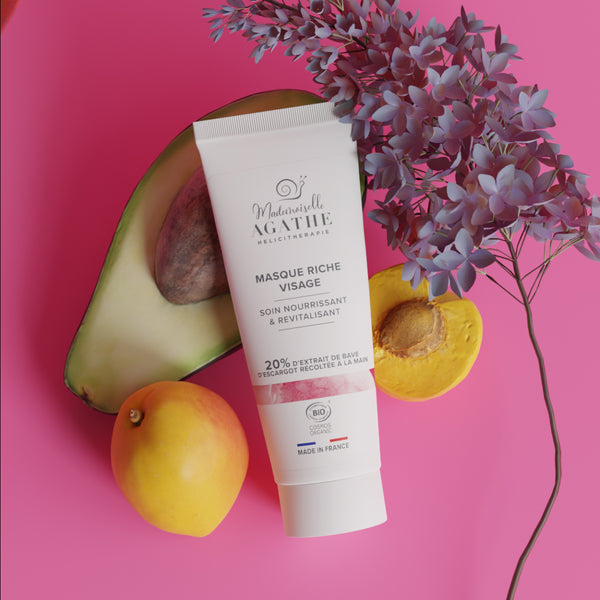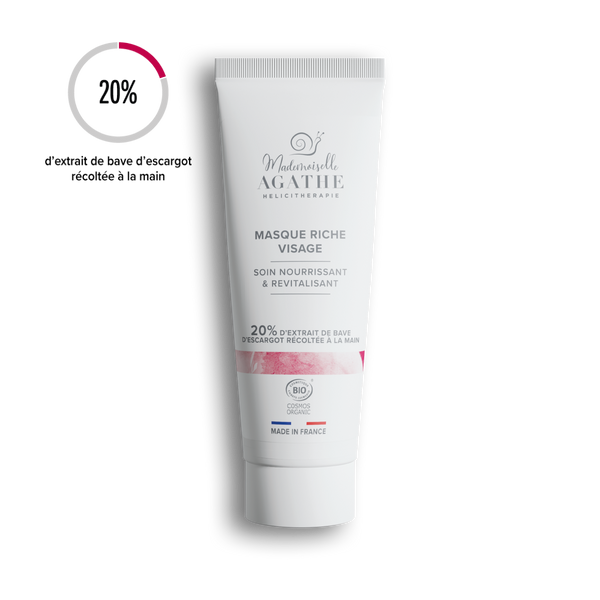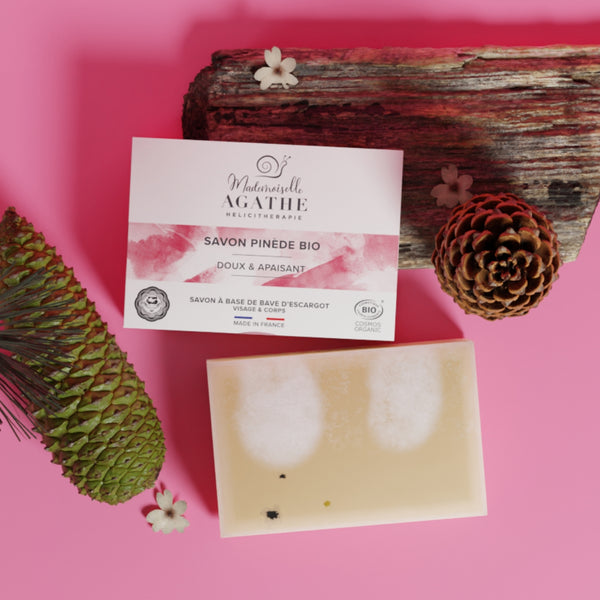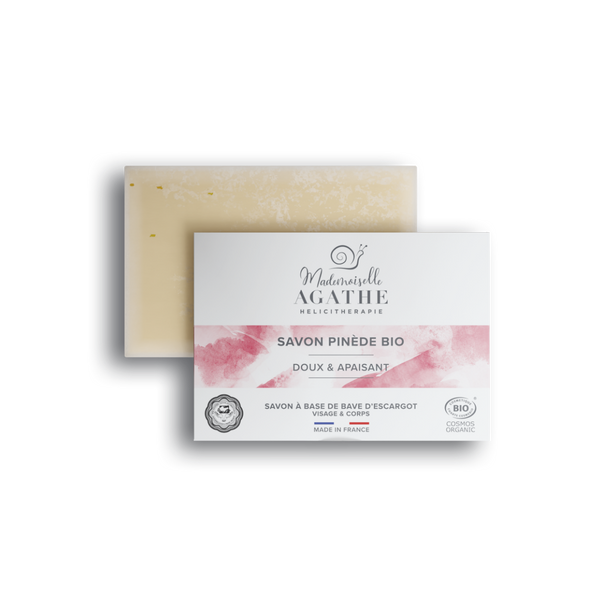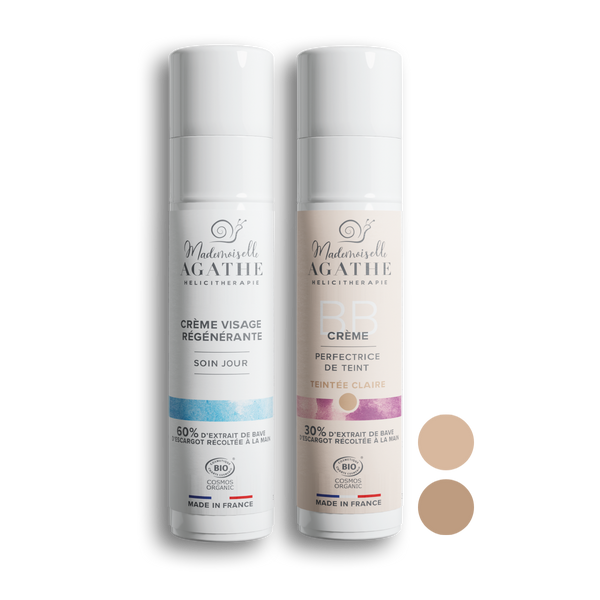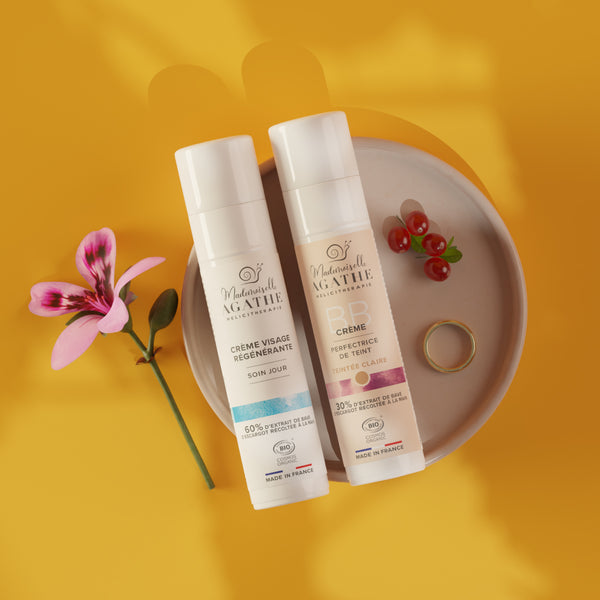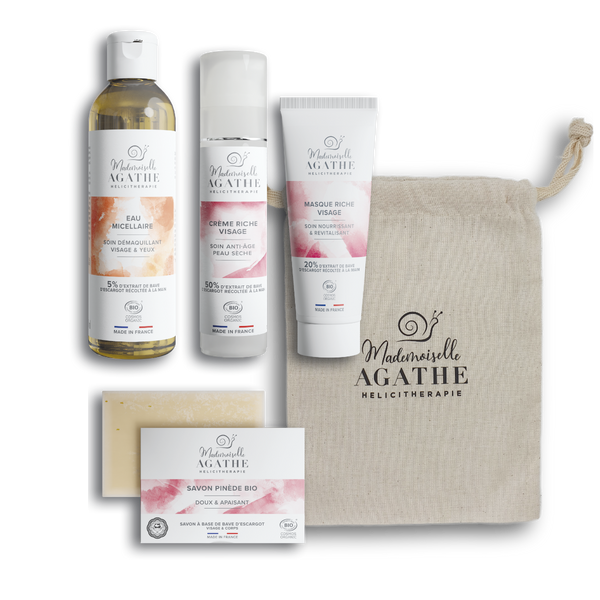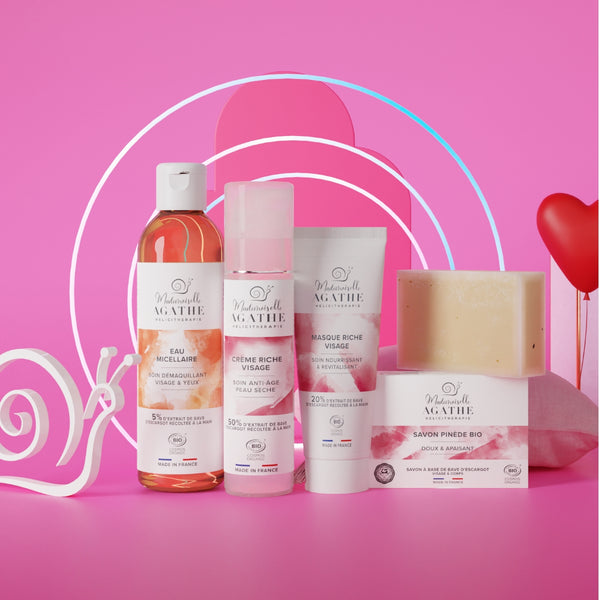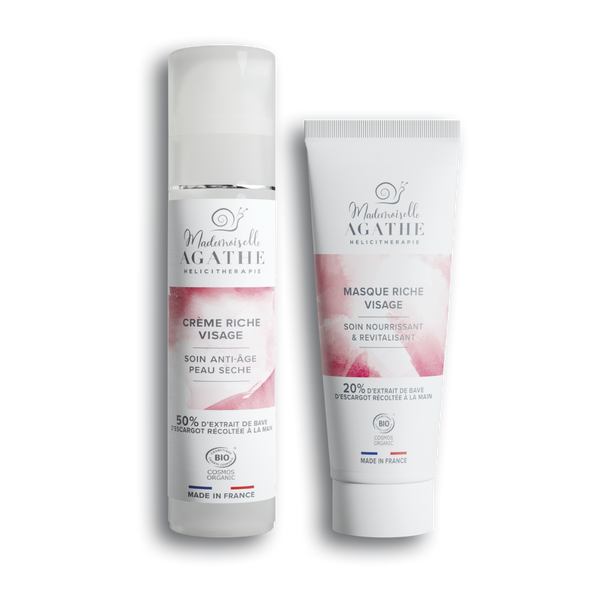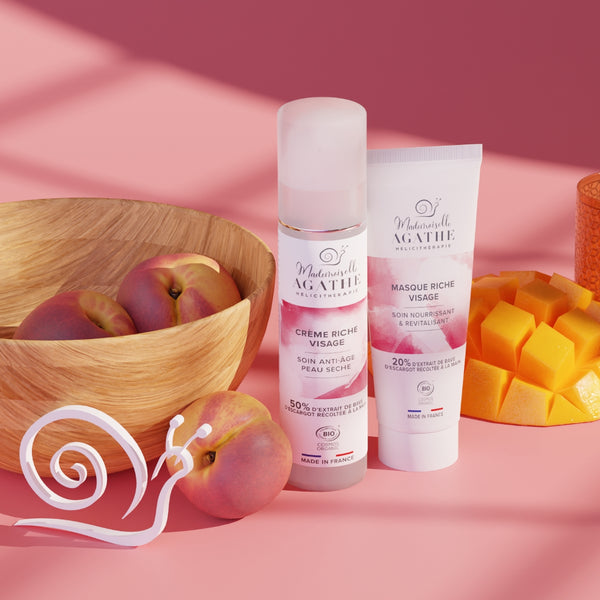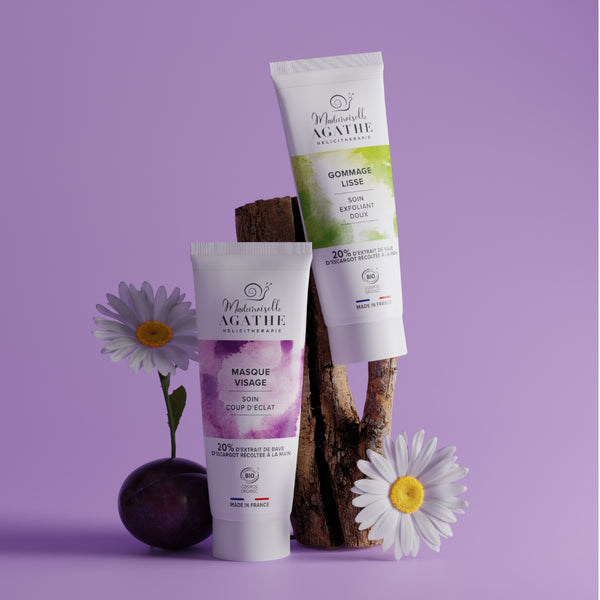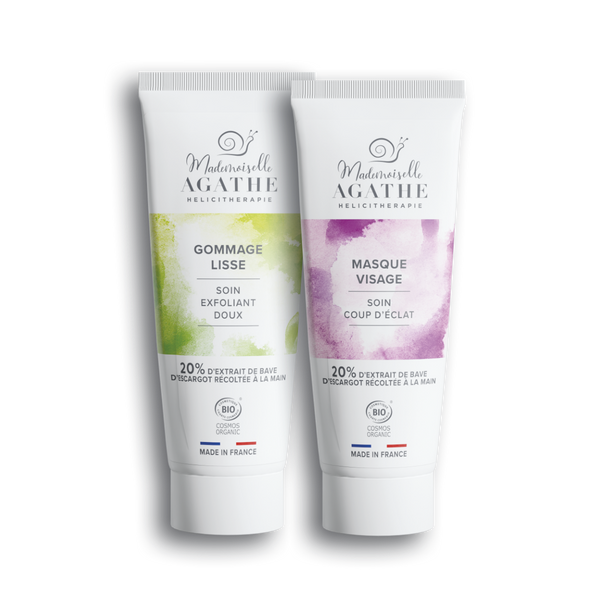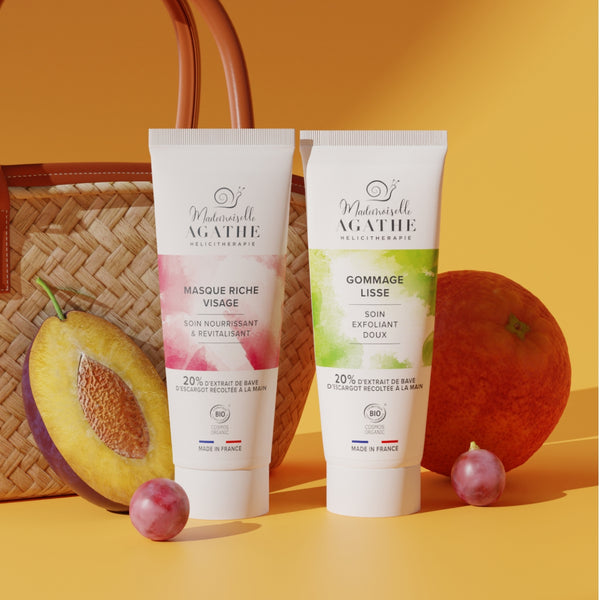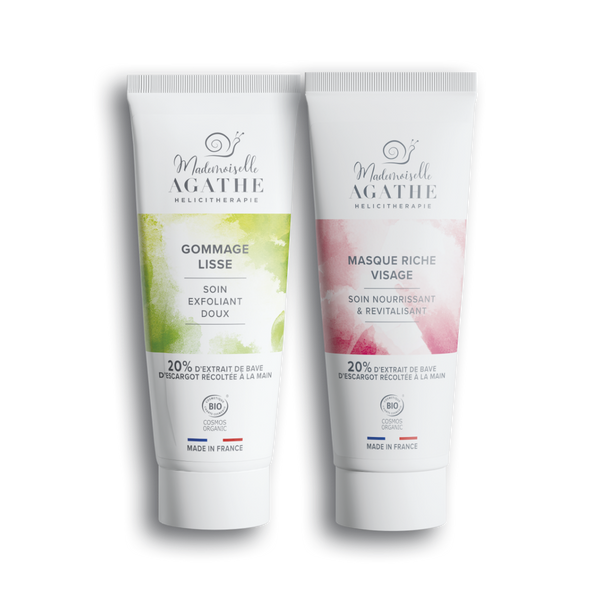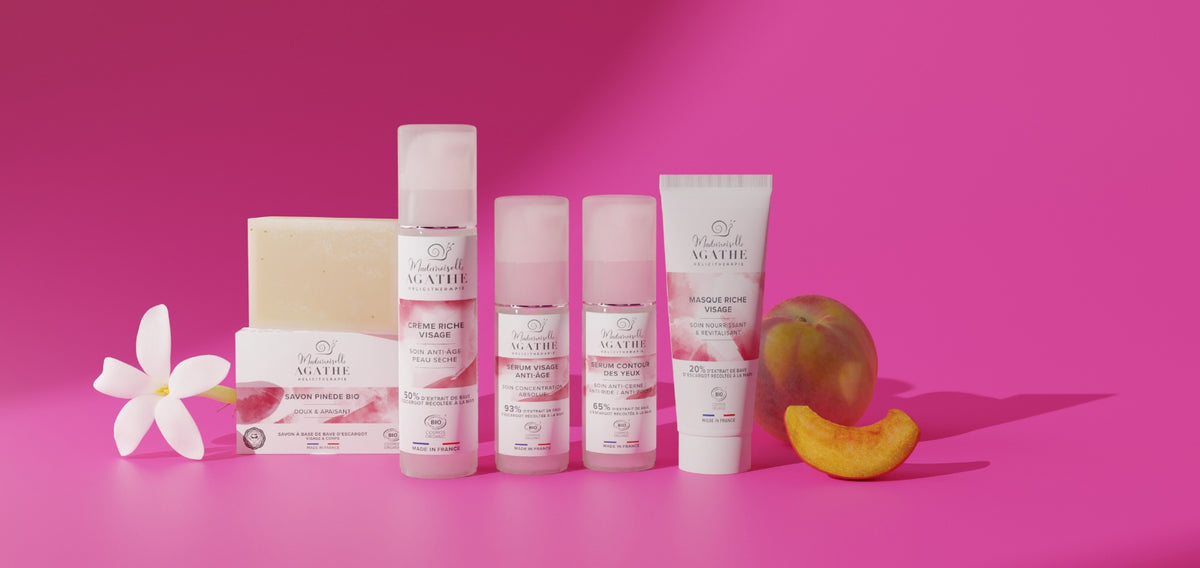
Skin regeneration and anti-aging properties of snail slime
The bioactive components, encompassing a range of proteins and polypeptides present in our snail slime extract, have a scientifically proven anti-aging potential [1]. All these proteins of interest promote skin regeneration by inducing fibroblast proliferation and maintaining the actin cytoskeleton of skin cells.
This anti-aging effect is promoted by skin regeneration through a molecular mechanism associated with basic fibroblast growth factor (bFGF) [2]. We explain!
The proven anti-aging effect
Mucus proteins of interest such as collagen, elastin and glycolic acid as well as glycoproteins [3,4] have an excellent ability to penetrate the skin, increase collagen synthesis by fibroblasts, modulate matrix degradation and collagen synthesis by cytokines released by keratinocytes, [5,6] to accelerate epidermal renewal, and thus prevent melanin formation in melanocytes by directly inhibiting tyrosine activity [7]. In addition, glycolic acid facilitates uniform exfoliation by creating a more compact hydrolipidic film which significantly improves skin hydration. Keeping the skin hydrated is essential to maintain elasticity and minimize fine lines and wrinkles [8].
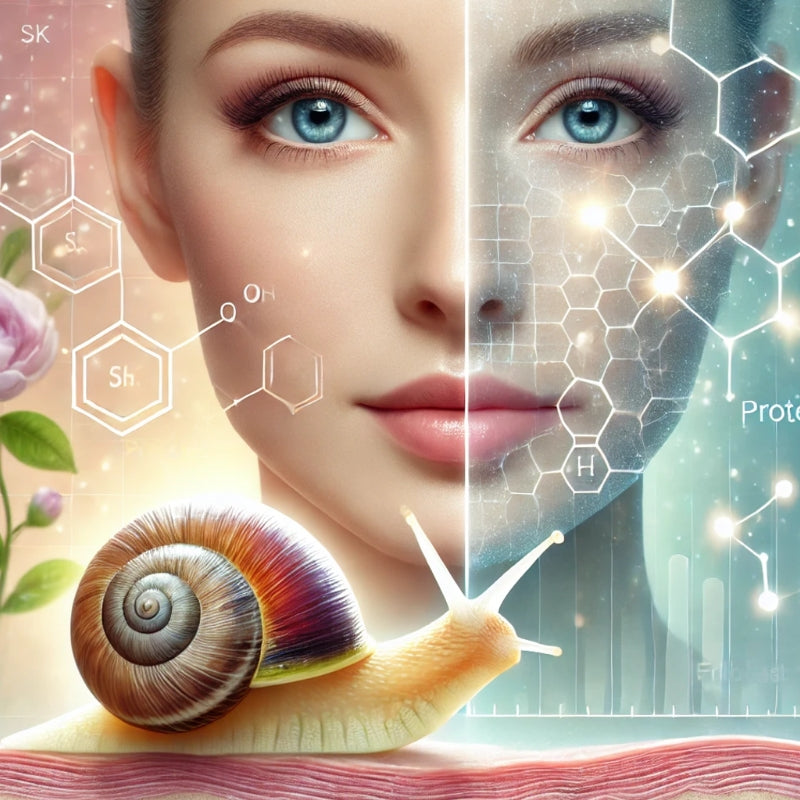

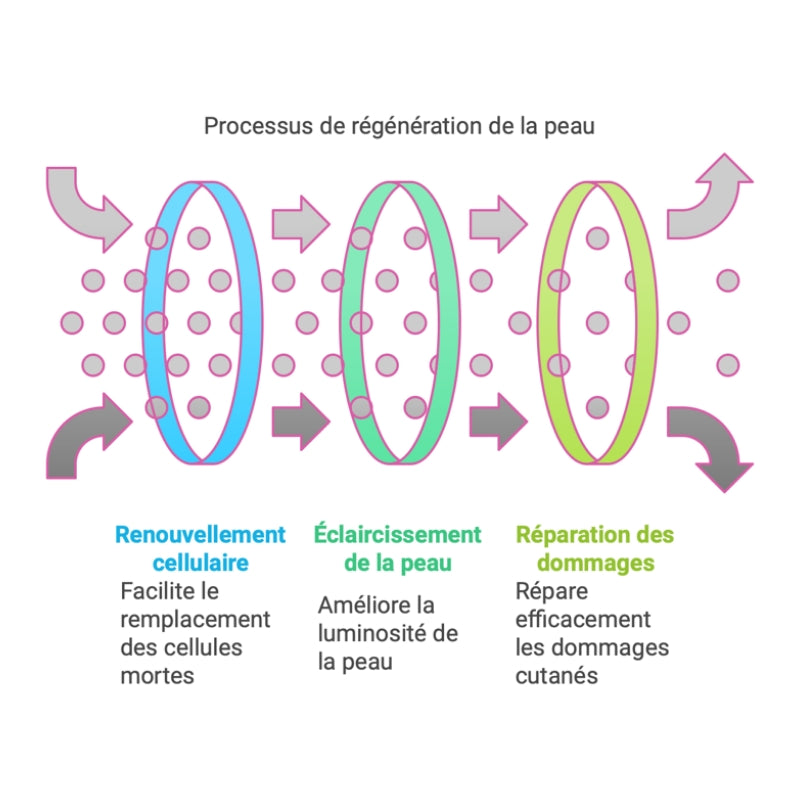

The regenerating effect demonstrated
Snail slime also contains glycoproteins and peptides that have the potential to stimulate the production of collagen and elastin [9], helping to maintain skin firmness and elasticity. Additionally, certain bioactive molecules found in snail mucus, including growth factors, aid in skin regeneration by facilitating cell turnover and replacing dead cells with healthy ones [10]. The multiple effects of snail mucin help improve skin hydration, increase collagen production, and enhance skin regeneration, which mechanically leads to reduced wrinkles and aging. Additionally, certain specific compounds found in snail slime, such as hemocyanin and actin, have wound healing properties that can help minimize the visibility of scars [11].
The biological mechanisms of snail slime on wrinkles
Restoring skin thickness, reducing wrinkles and improving its texture are made possible by specific molecules called cytokines, such as TGF-β1, VEGF or type I collagen. These cytokines act by reactivating skin cells called fibroblasts, which tend to age or deteriorate over time. They prevent these cells from entering "senescence" (irreversible aging) and reduce their premature death (apoptosis). Once reactivated, fibroblasts can once again produce the essential elements for young and firm skin: elastic fibers, collagen, elastin and glycosaminoglycans [12]. These components improve the elasticity, firmness and texture of the skin, while stimulating the natural production of hyaluronic acid, which intensely hydrates.
Some cytokines [13,14], also present in our snail slime extract such as bFGF, EGF or TGF-β1, play a key role in this process by increasing the production of collagen (types I and III) and hyaluronic acid, thus contributing to visibly smoother and plumper skin. These molecules work in synergy, that is, they collaborate to amplify their effects, because the skin is a complex system that cannot be repaired by the action of a single cytokine.
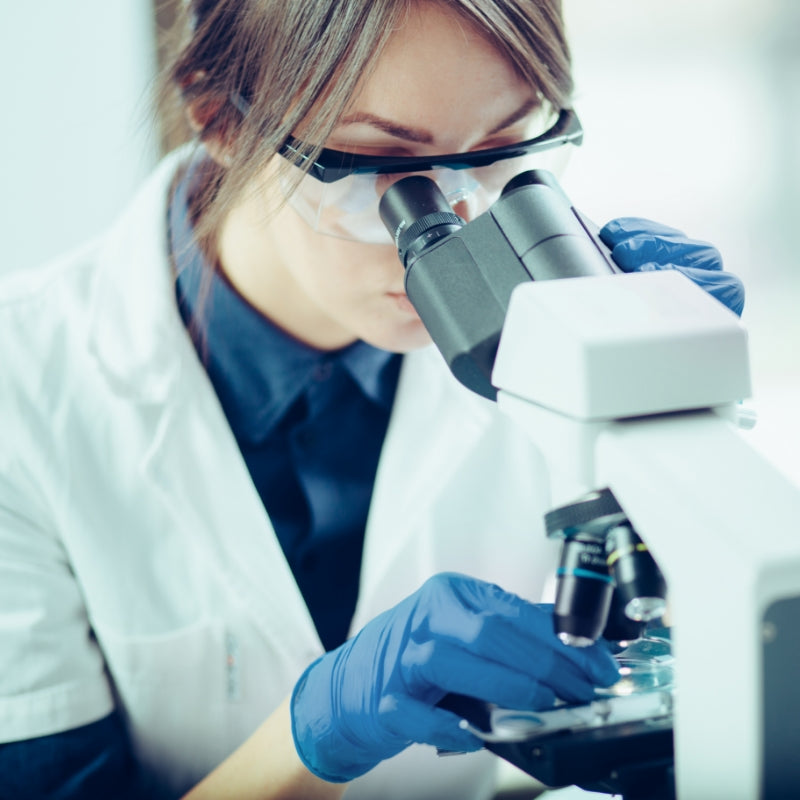

Why choose our snail slime-based cosmetics?
Not all snail slime cosmetics are equal. Only Mademoiselle Agathe can certify French organic farming with hand-harvested slime. Our certified organic helicitherapy treatments guarantee a healthy, natural formulation free of petrochemical oils. Our cosmetics offer optimal effectiveness thanks to the quality and quantity of slime extract, combined with organic plant ingredients sourced in the Pays de la Loire. By integrating our creams or serums into your routine, you benefit from gentle but powerful care, suitable for all skin types, even the most fragile. With regular use, your skin will be visibly smoother, hydrated and radiant, while respecting nature.
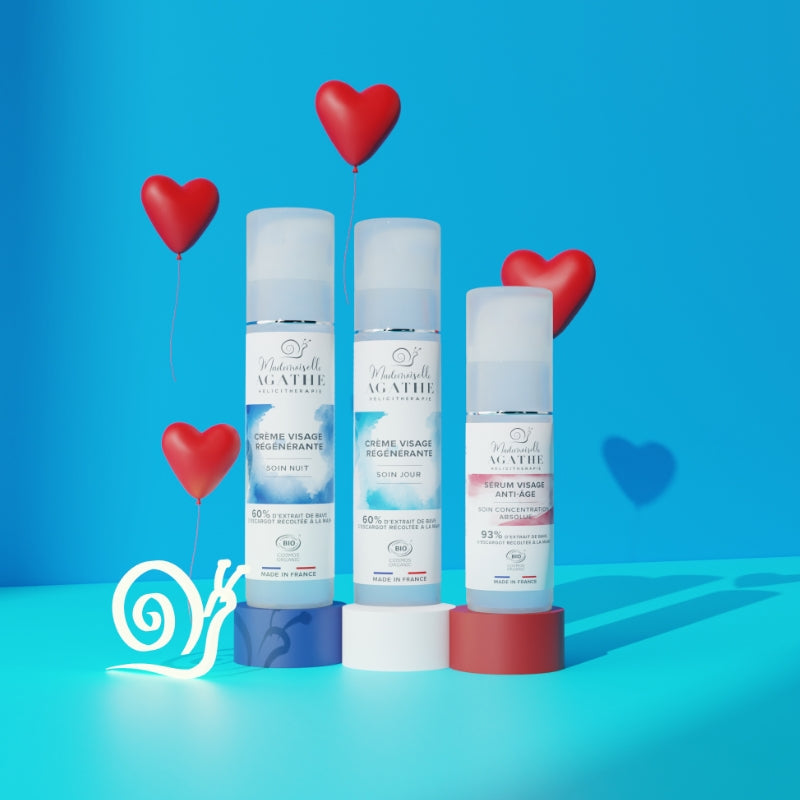

Bibliography
- Perpelek M, Tamburaci S, Aydemir S, et al. Chitosan scaffolds loaded with bioactive snail mucus extract for hard tissue regeneration: the effect of mucoadhesive and antibacterial extracts on the physical characteristics and bioactivity of the chitosan matrix. Biomed Mater. 2021;16(6):065008.
- Brieva A, Philips N, Tejedor R, et al. Molecular basis for the regenerative properties of a secretion of the mollusk Cryptomphalus aspersa. Skin Pharmacol Physio. 2007;21(1):15–22.
- Cilia G., Fratini F. Antimicrobial properties of land snail and slug mucus. J Complement Integr Med. 2018;15(3):1-10
- Selamoglu Z., Dusgun C., Akgul H., Gulhan MF. In vitro antioxidant activities of ethanolic extracts of some plants with allantoin content. Iran J Pharm Res. 2017;16(Suppl):92-98.
- Thornfeldt C. Herbal cosmeceuticals: fact, fiction, and the future. Dermatol Surg. 2005;31(7 Pt 2):873-881
- Kim SJ., Park JH., Kim DH., Won YH., Maibach HI. Increased collagen synthesis in vivo and cell proliferative effect in vitro of glycolic acid. Dermatol Surg. 1998;24(10):1054-1058
- Bernstein EF., Lee J., Brown DB., Yu R., Van Scott E. Glycolic acid treatment increases type I collagen mRNA and hyaluronic acid content in human skin. Dermatol Surg. 2001;27(5):429-433.
- Petrou G, Crouzier T. Mucins as multifunctional building blocks of biomaterials. Biomater Sci. 2018;6(9):2282–97.
- Waluga-Kozłowska E, Jasik K, Wcisło-Dziadecka D, et al. Snail Mucus-A Natural Origin Substance with Potential use in Medicine. Acta Poloniae Pharma. 2021;78(6).
- Tan KX, Chang T, Lin X. Secretomes as an emerging class of bioactive ingredients for enhanced cosmeceutical applications. Exp Dermatologist. 2022;31(5):674–88.
- Barbakadze V, Mulkijanyan K, Gogilashvili L, et al. Allantoin-and pyrrolizidine alkaloids-free wound healing compositions from Symphytum asperum. Bull Georg Natl Acad Sci. 2009;3(1):159–64.
- Chen S, He Z, Xu J. Application of adipose-derived stem cells in photoaging: a review of basic science and literature. Stem Cells Res Ther. 2020;11(1):491.
- L, Ngo HTT, Hwang E, et al. Conditioned medium from human adipose-derived mesenchymal stem cell culture prevents UVB-induced skin aging in human keratinocytes and dermal fibroblasts. Int J Mol Sci . 2019; 21(1): 49.
- Nagaoka A, Yoshida H, Nakamura S, et al. Regulation of hyaluronan (HA) metabolism mediated by HYBID (hyaluronan-binding protein involved in HA depolymerization, KIAA1199) and HA synthases in Growth factor-stimulated fibroblasts. J Biol Chem. 2015;290(52):30910-30923.
Helicitherapy is thus an essential ally to fight against wrinkles and dry skin, while offering a natural and sustainable solution. Why not make this ingredient your beauty secret? 🌿
